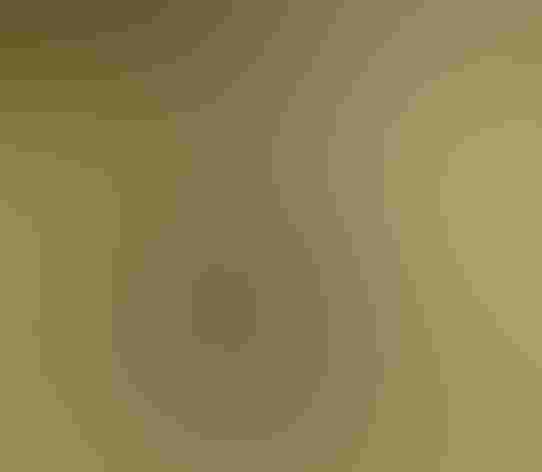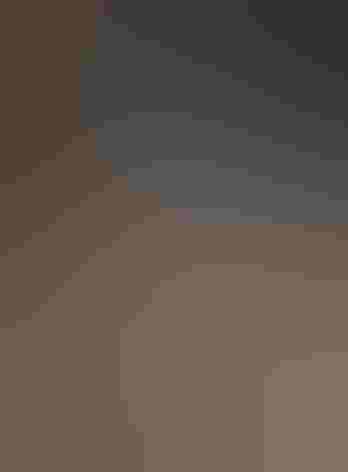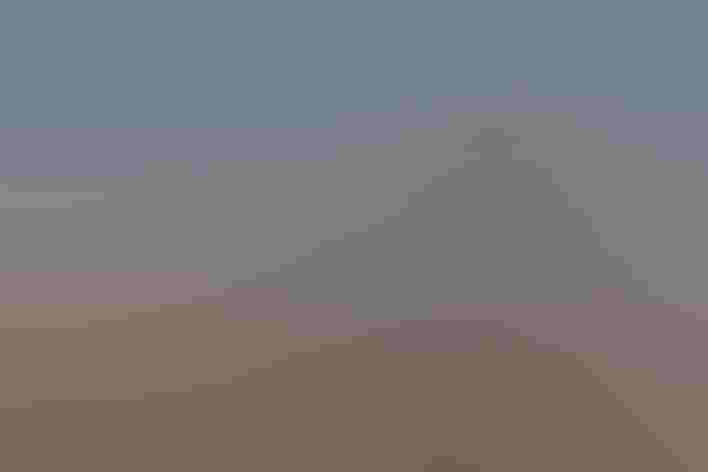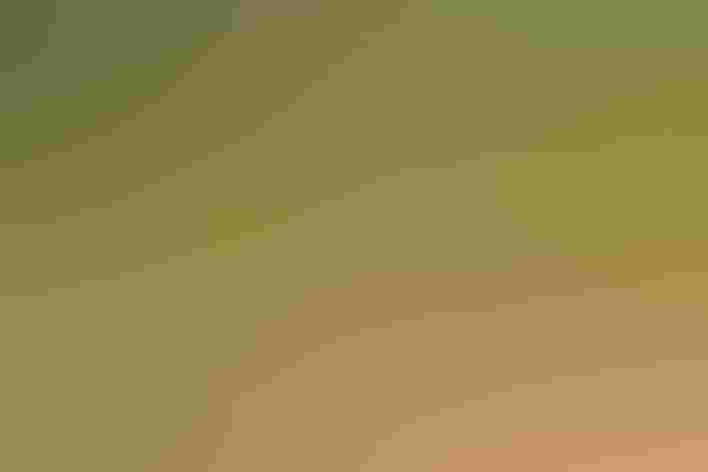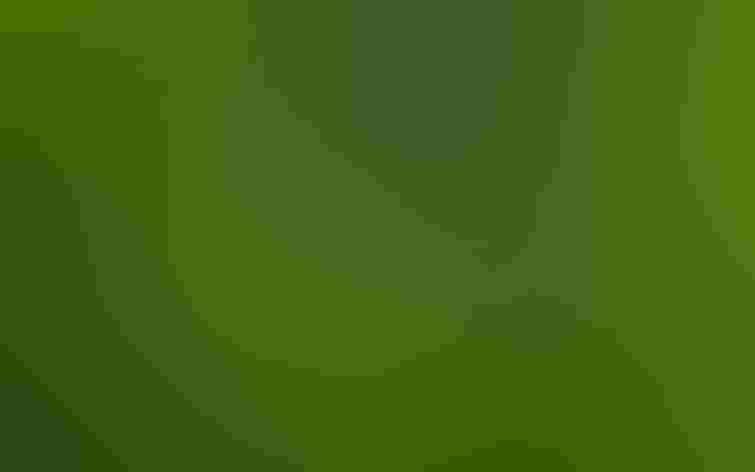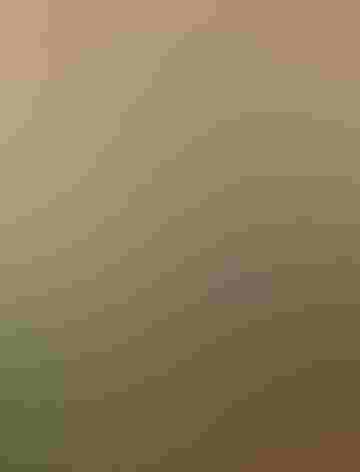Greater Roadrunner
At a Glance
The most famous bird in the southwest, featured in folklore and cartoons, known by its long tail and expressive crest. The Roadrunner walks and runs on the ground, flying only when necessary. It can run 15 miles per hour, probably with much faster spurts when chasing a fast-running lizard or other prey. Its prowess as a rattlesnake fighter has been much exaggerated, but it does eat a remarkable variety of smaller creatures.
All bird guide text and rangemaps adapted from Lives of North American Birds by Kenn Kaufman© 1996, used by permission of Houghton Mifflin Harcourt Publishing Company. All rights reserved.
Category
Cuckoos, Roadrunners, Anis, Perching Birds
IUCN Status
Least Concern
Habitat
Arroyos and Canyons, Desert and Arid Habitats, Forests and Woodlands, Shrublands, Savannas, and Thickets
Region
California, Plains, Rocky Mountains, Southeast, Southwest, Texas
Behavior
Flap/Glide, Running
Population
1.400.000
Range & Identification
Migration & Range Maps
Permanent resident, but some (young birds?) may wander considerable distances.
Description
24" (61 cm). Very distinctive elongated shape, with long bill, strong legs. Shows streaky pattern, long tail with white spots. Shaggy crest may be raised or lowered.
Size
About the size of a Crow, About the size of a Mallard or Herring Gull
Color
Blue, Brown, Red, Tan, White
Wing Shape
Broad, Rounded
Tail Shape
Long, Rounded, Wedge-shaped
Songs and Calls
Clucks, crows, dove-like coos, dog-like whines, and hoarse guttural notes.
Call Pattern
Falling, Flat
Call Type
Hoot, Rattle, Scream, Trill, Whistle
Habitat
Deserts, open country with scattered brush. Most common in Sonoran desert and in other kinds of brushy country, including chaparral and Texas brushlands, in areas with a mix of open ground and dense low cover. At limits of range, found in dry grassland, forest edges, and limestone hills with scattered junipers.
Sign up for Audubon's newsletter to learn more about birds like the Greater Roadrunner
Behavior
Eggs
3-5, sometimes 2-6. White to pale yellowish. Incubation is by both parents (male does more), about 20 days.
Young
Fed by both parents; leave the nest after about 18-21 days. May begin catching own food soon after leaving nest, but still fed by parents up to another 30-40 days.
Feeding Behavior
Usually hunts by walking rapidly, looking for prey, then making very rapid dash forward to catch prey in its bill. May leap straight up from ground to catch insects or birds flying over (has been seen catching hummingbirds this way).
Diet
Includes insects, reptiles, rodents, birds. Feeds on many large insects, plus other arthropods including scorpions, tarantulas, and centipedes. Also catches many lizards, snakes, mice, young ground squirrels, small birds (including baby quail and adult sparrows), sometimes snails. Eats some fruits (especially cactus fruit) and seeds.
Nesting
May mate for life, pairs defending territory all year. Courtship includes chases on foot, with frequent pauses to rest. One bird (either sex) approaches the other with stick or blade of grass, and drops it on the ground or gives it to other bird. In other displays, male runs away from female with tail and wings raised over back, gradually lowers wings; male wags tail from side to side while slowly bowing. Nest site is in dense bush, low tree, or cactus, usually 2-12' above ground, rarely on ground. Nest is platform of sticks, lined with grass, leaves, feathers, sometimes with snakeskin or pieces of cow manure.
Conservation
Conservation Status
Periodically expands range to north and east, is killed back by severe winters. May be in long-term decline in California.
Climate Threats Facing the Greater Roadrunner
Choose a temperature scenario below to see which threats will affect this species as warming increases. The same climate change-driven threats that put birds at risk will affect other wildlife and people, too.

